Service List
Bladder Dysfunction
Bowel Dysfunction
Clitoral Pain
Endometriosis
Female Pelvic Pain
Hard Flaccid
Interstitial Cystitis
Male Pelvic Pain
Pediatric Pelvic Floor Therapy
Pelvic Floor Physical Therapy
Pelvic Organ Prolapse
Perimenopause/Menopause
Pregnancy – Postpartum
Pudendal Neuralgia
Sexual Dysfunction
Surgical Prehab and Rehab
Transgender Health Services
Digital Health
Out-Of-Town Patient Programs
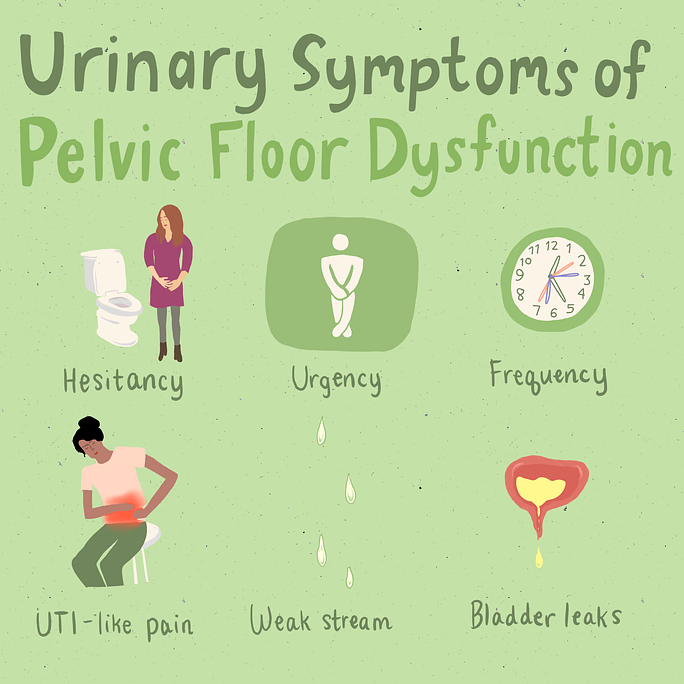
- Stress Urinary Incontinence, Urge Urinary Incontinence
- Post-prostatectomy urinary incontinence
- Urinary urgency/frequency, dysuria, retention, hesitancy, nocturia
- Associated pelvic pain diagnoses: Interstitial Cystitis, Chronic Pelvic Pain Syndrome/male pelvic pain
- Pelvic Organ Prolapse
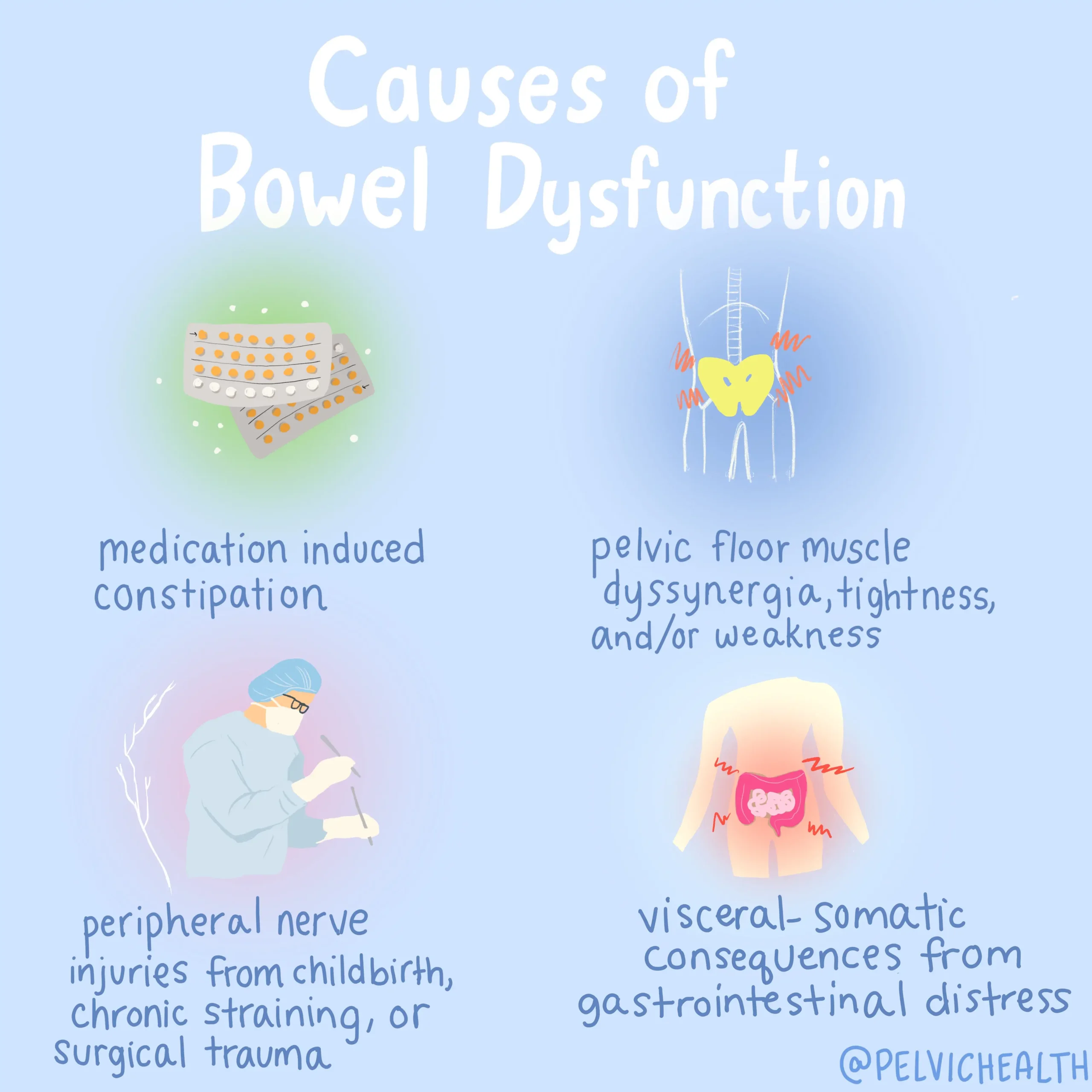
- Constipation
- Difficulty evacuating Dyschezia/painful bowel movements
- Anal pain, anal burning
- Hemorrhoids / fissures
- Fecal Incontinence
- Pelvic Organ Prolapse
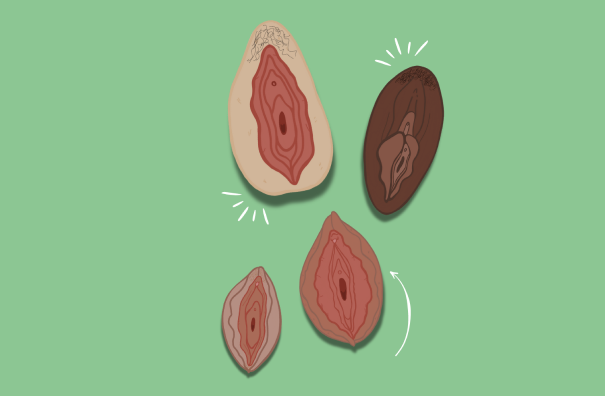
- Persistent throbbing or sharp pain in the clitoral area
- Burning sensation
- Discomfort or pain related to wearing tight clothing
- Sensitivity to touch
- Pain during urination
- Itching around the clitoris
- Associated symptoms of urinary tract infections
- Pain during or after sexual activity
- Inability to orgasm
- Pain during and/or after arousal and/or orgasm
- Feelings of persistent arousal (Persistent Genital Arousal Disorder)

- Painful periods (dysmenorrhea): Those with endometriosis often experience severe cramping, abdominal pain, and lower back pain during their menstrual cycles.
- Pelvic pain: Pelvic pain may occur not only during menstruation but also before or after it. The severity of pain can range from mild to debilitating.
- Pain during intercourse (dyspareunia): Endometriosis can cause pain during or after sexual intercourse, which may be felt deep within the pelvis.
- Pain during urination or bowel movements: Some experience pain while urinating or having a bowel movement, particularly during their periods.
- Excessive bleeding: Heavy menstrual bleeding (menorrhagia) or bleeding between periods (metrorrhagia) can be symptoms of endometriosis.
- Infertility: Endometriosis is a common cause of infertility, as it can lead to the formation of adhesions and scar tissue that can interfere with the normal function of reproductive organs.
- Fatigue: Many report experiencing chronic fatigue and low energy levels.
- Digestive issues: Endometriosis can cause gastrointestinal symptoms such as bloating, constipation, diarrhea, and nausea, particularly around menstruation.
- Irritative bladder symptoms: Those with endometriosis often experience simultaneous urinary urgency, frequency and pain in the absence of infection.

- Vulvodynia/Vestibulodynia
- Interstitial Cystitis/Painful Bladder Syndrome
- Pudendal Neuralgia
- Endometriosis
- Clitoral pain
- Tailbone pain/coccygodynia
- Abdominal pain
- Sacral pain
- Anal/rectal pain
- Dyspareunia/pain with intercourse
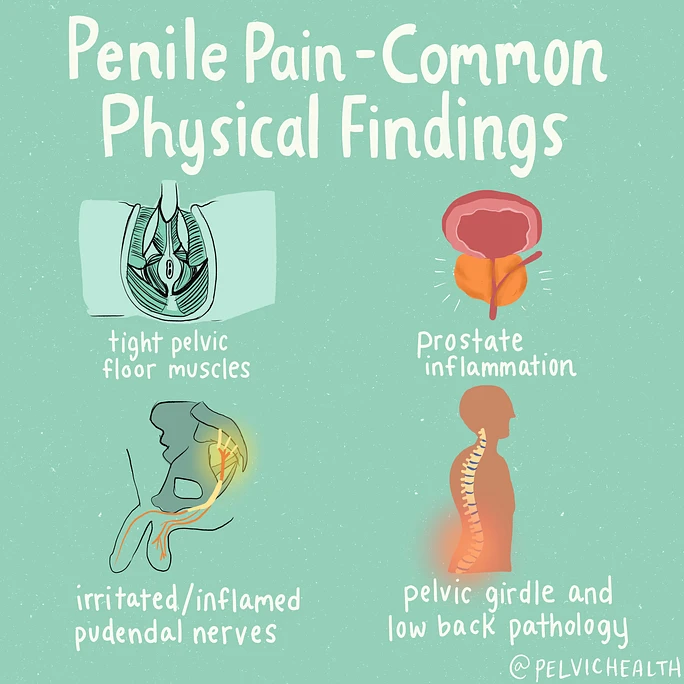
- Often characterized by a constant semi-rigid penis in the flaccid state
- Most men will report a loss of erectile rigidity
- Some men report sensory changes in the penis, particularly in the glans of the penis. These sensory changes are described as numbness, or a feeling of cold, or decreased sensitivity
- Some men will report penile and perineal discomfort during urinating and ejaculation, often worse when standing
- Some men will experience erectile dysfunction
- Some men will report pelvic floor tension or pelvic floor muscle contractions
- Most men will report that these symptoms have caused them a significant amount of psychological distress which include anxiety, depression, loss of libido and insomnia
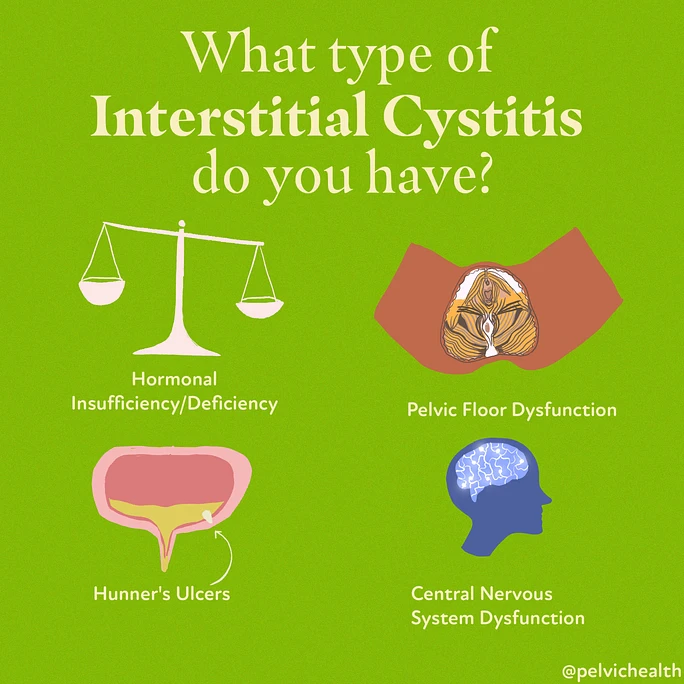
- Urinary urgency, frequency, and pain in the absence of infection
- Lower abdominal pressure
- Pain upon bladder filling or emptying
- Painful sex
- Painful orgasm
- Generalized pelvic pain
- Nocturia (waking at night to urinate)
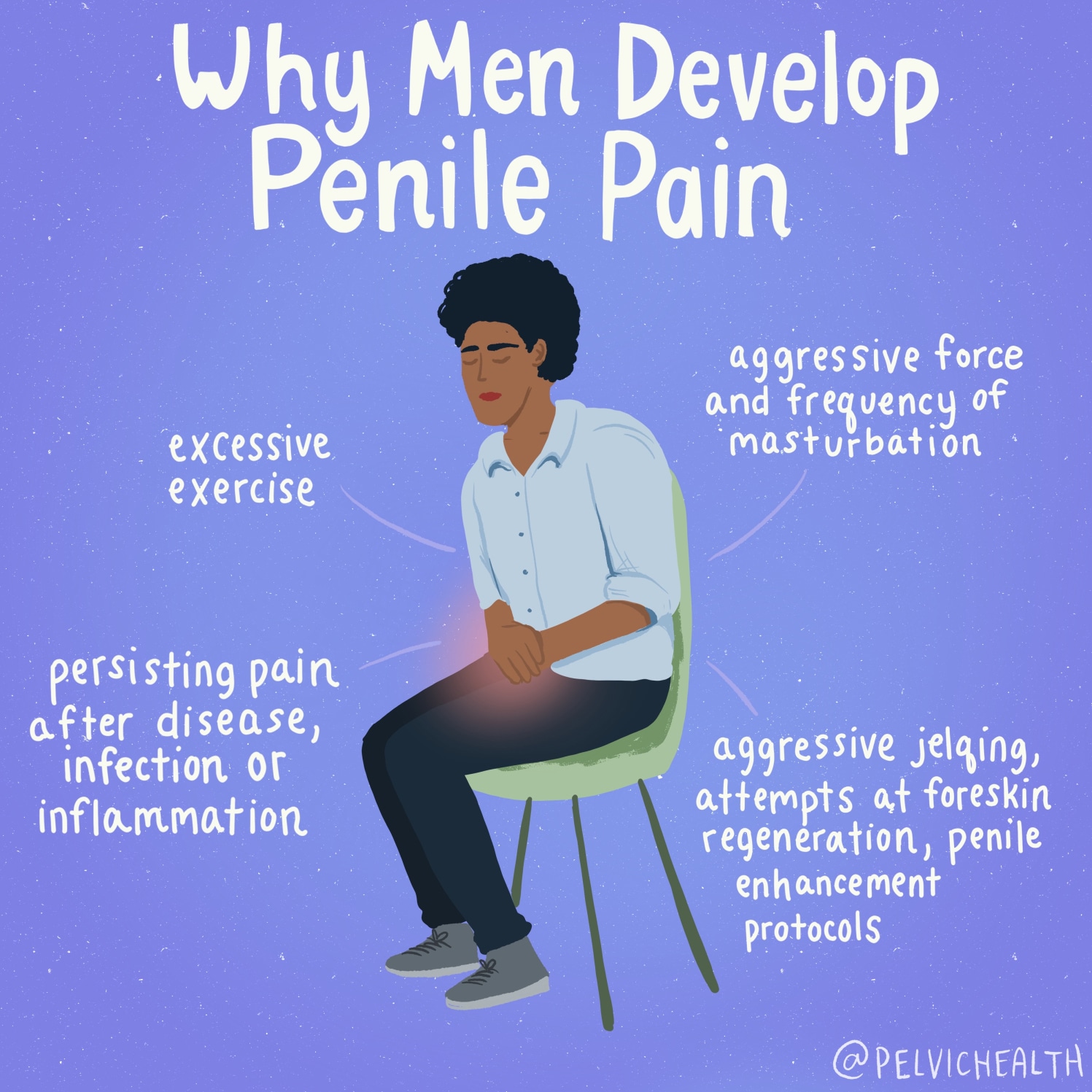
- Chronic Pelvic Pain Syndrome/male pelvic pain
- Nonbacterial chronic prostatitis
- Interstitial Cystitis/Painful Bladder Syndrome
- Pudendal Neuralgia
- Tailbone pain/coccygodynia
- Sacral pain
- Abdominal and groin pain
- Testicular pain
- Perineal pain
- Penile pain
- Anal/rectal pain
- Post-ejaculatory pain
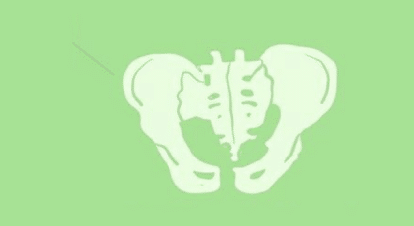
- Nighttime bedwetting (nocturnal enuresis)
- Daytime wetting
- Stress incontinence
- Overactive bladder
- Urinary frequency/urgency
- Urinary retention
- Frequent Urinary Tract Infections
- Vesicoureteral reflux
- Constipation
- Bowel incontinence and/or inability to empty bowel
- Fecal Urgency/Frequency
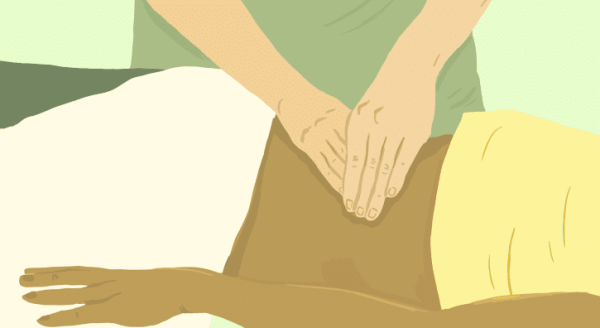
Bladder Symptoms
- Urinary urgency, frequency, hesitancy and pain in the absence of infection
- Weak urinary stream
- Leaking urine (incontinence)
- Urethra and bladder pain
- Pain before, during or after urination
- Nocturia (nighttime urination)
- Pediatric bed wetting (nocturnal enuresis)
Male Sexual Symptoms
- Erectile dysfunction: poor quality, inability to achieve erection, inability to maintain erection, premature ejaculation
- Decreased force or inability to ejaculate
- Climacturia (incontinence with orgasm)
- Post ejaculatory pain: tip and/or shaft of penis, perineum, scrotum
- Discoloration in penis/scrotum/perineum
Male Pelvic Pain Symptoms
- Burning, itching, aching, or other types of pain in the penis, scrotum, testicles, perineal and/or anal area
- Pain with sitting, certain types of exercises, and certain types of clothing
- Post ejaculatory pain in the penis, scrotum and/or perineum
- Gastrointestinal distress, bloating, and/or constipation
- Symptoms can be provoked, such as in response to ejaculation or exercise, or unprovoked and spontaneous
- Symptoms may be intermittent or constant
Bowel Symptoms
- Straining to evacuate stool
- Adult and pediatric constipation
- Need for excessive toilet paper
- Fecal and/or gas leakage and incontinence
- Hemorrhoids and fissures
- Pain before, during or after bowel movements
- Anal/rectal pain, burning or itching
Female Sexual Symptoms
- Inability or decreased ability to lubricate
- Pain upon vaginal penetration, with deep penetration only, and/or continuous pain with penetration
- Clitoral pain, hypersensitivity to touch
- Pain and/or burning after sexual contact
- Inability to orgasm, diminished orgasm
- Urinary incontinence during sexual activity
- Climacturia (incontinence with orgasm)
Female Pelvic Pain Symptoms
- Burning, itching, aching or other types of pain in the vulva, vagina, perineal, and/or anal area
- Pain with intercourse, hypersensitivity when wearing pants and/or underwear, and pain with sitting
- Exercise may provoke or exacerbate symptoms
- Abdominal bloating, gastrointestinal distress, and constipation
- Symptoms can be provoked, meaning with penetrative intercourse or tampon insertion, or unprovoked and spontaneous
- Symptoms can be intermittent or constant
Transgender Pelvic Health Symptoms
- Pain from surgical scars
- Pain with vaginal penetration
- Inability to achieve vaginal penetration
- Difficulty or inability to achieve orgasm
- Urinary dysfunction including urgency, frequency, hesitancy, incontinence and spraying
- Pelvic and low back pain
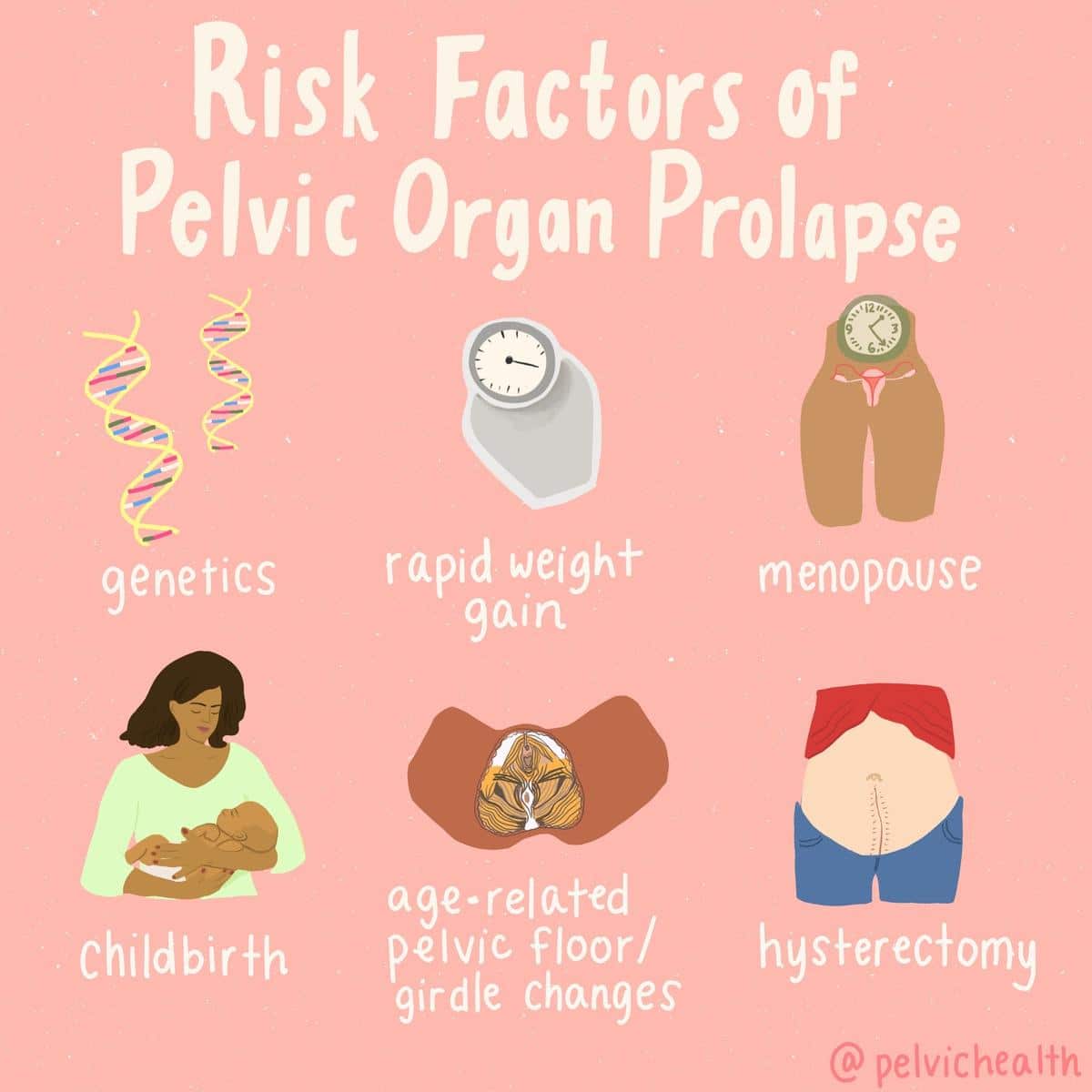
- Urethracele
- Cystocele
- Rectocele
- Enterocele
- Uterine prolapse

Symptoms of pelvic floor dysfunction and GSM include:
- Urinary urgency, frequency, burning, nocturia
- Feelings of bladder or pelvic pressure
- Painful sex
- Diminished or absent orgasm
- Difficulty evacuating stool
- Vulvovaginal pain and burning
- Pain with sitting
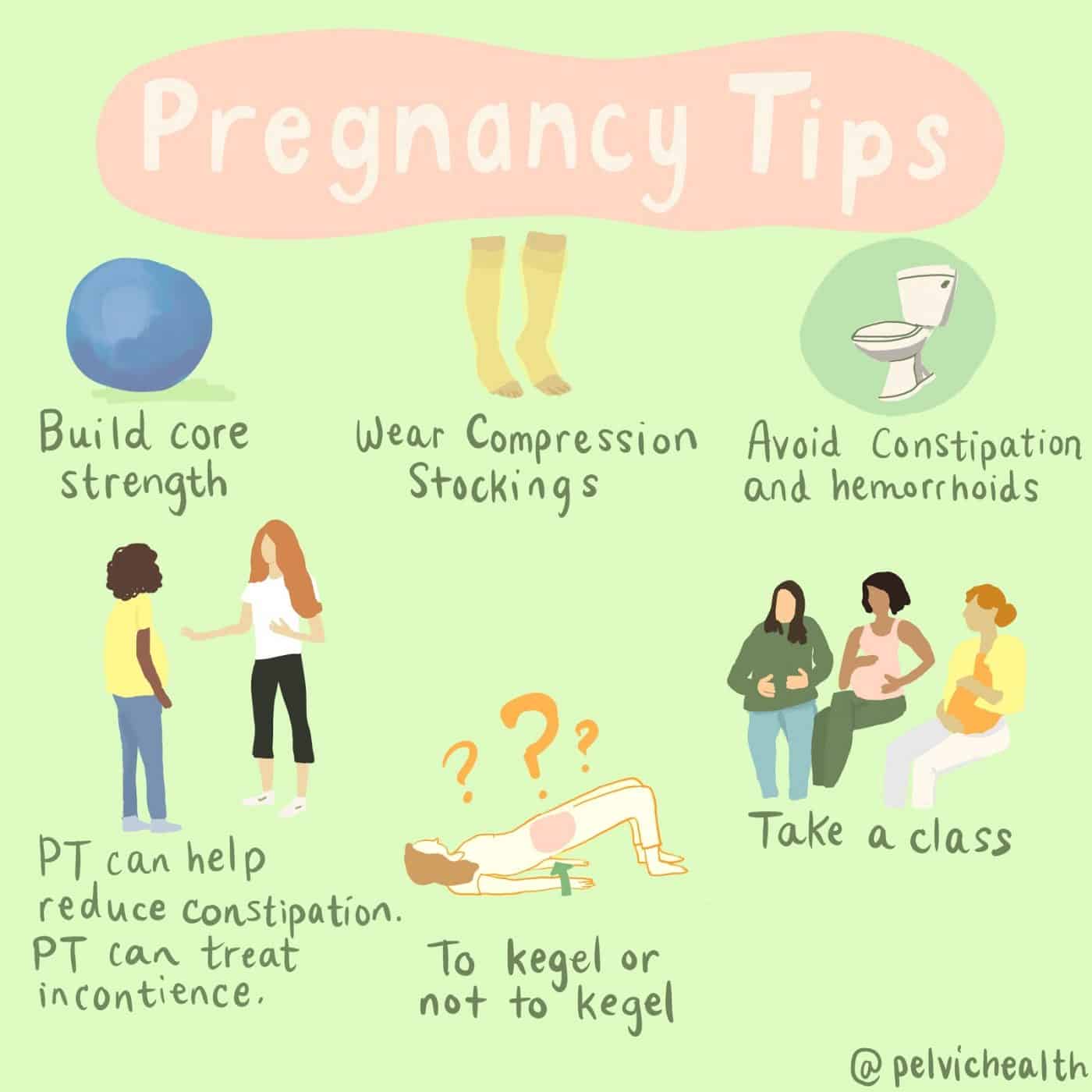
Pregnancy
- Preparation for childbirth: perineal massage training, core and pelvic floor muscle training, birth position education
- Treatment for pelvic floor and girdle pain, bladder and bowel issues
Postpartum
- Comprehensive evaluation for Diastasis Recti, pelvic floor dysfunction, core muscles for strength/endurance
- Postpartum rehabilitation plan: painful scars, Diastasis Recti, bladder and bowel dysfunction, pelvic pain, low back and pelvic girdle pain, dyspareunia/pain with intercourse postpartum
- Patient education and home exercise program guidance
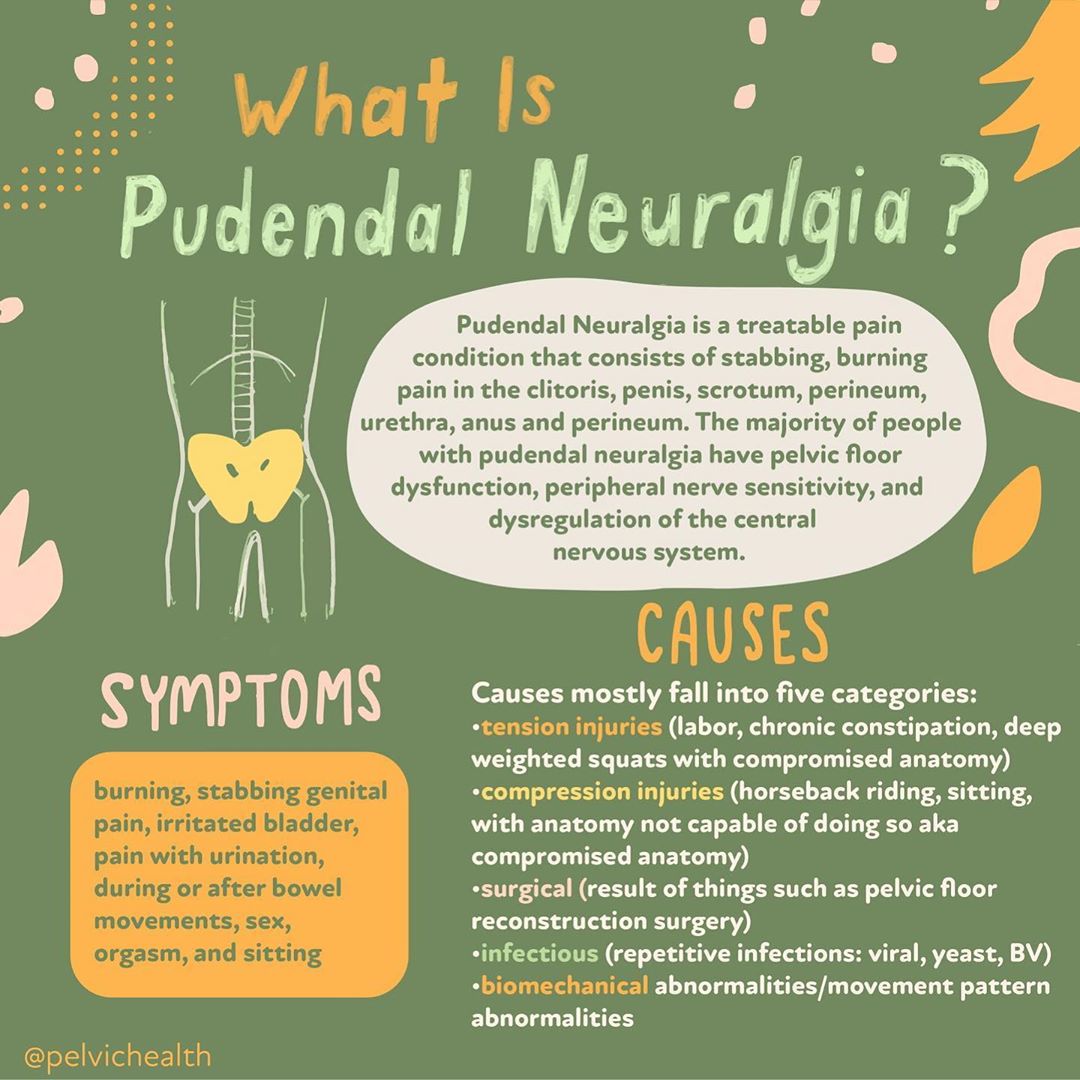
- The pain is described as burning, shooting, stabbing, and/or lancinating.
- The pain is only in the distribution of the pudendal nerve, or the areas of the pelvis the nerve supplies. The pain can occur in any or all of the following areas: vagina, vulva, urethra, penis, scrotum, perineum, peri-anus, anus, and/or rectum.
- Pudendal neuralgia can cause urinary dysfunction, such as pain with urinating (dysuria), urinary frequency, and/or urinary urgency.
- Pudendal neuralgia can cause bowel dysfunction, such as pain with bowel movements or difficulty evacuating stool.
- Pudendal neuralgia can cause sexual dysfunction, such as pain with arousal, pain during intercourse or genital stimulation, or during or post-orgasm. It can also cause difficulty getting and/or maintaining an erection.
- Symptoms are usually aggravated by sitting, particularly on a hard surface, and relieved when sitting on a toilet or a cushion with a cut-out.
- Symptoms can be aggravated by activity, such as deep squatting or climbing stairs, or walking up a steep incline.
- Symptoms can be constant or intermittent.
- Pudendal Neuralgia symptoms tend to be minimal during sleeping and first thing in the morning but increase as the day progresses.
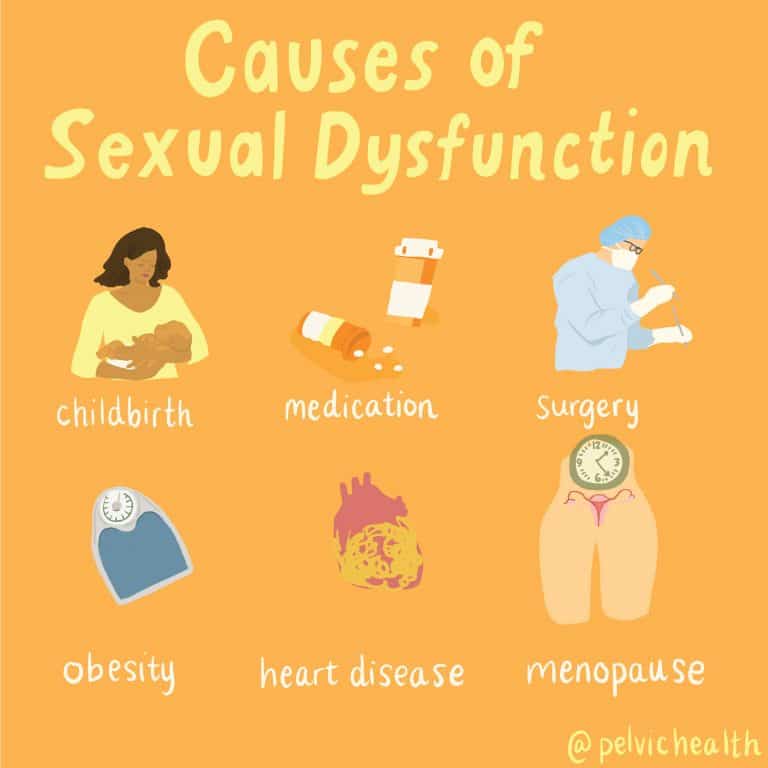
Sexual Dysfunction in people with a penis
- Erectile dysfunction: poor quality, inability to achieve erection, inability to maintain erection, premature ejaculation
- Decreased force or inability to ejaculate
- Climacturia (incontinence with orgasm)
- Post ejaculatory pain: tip and/or shaft of penis, perineum, scrotum
- Discoloration in penis/scrotum/perineum
Postpartum Sexual Dysfunction
- Decreased lubrication during breastfeeding
- Perineal pain with touch from episiotomy or perineal trauma
- Diminished or absent orgasm
- Incontinence during orgasm or intercourse
- Painful sex
Sexual Dysfunction in people with vulvas/vaginas
- Inability or decreased ability to lubricate
- Pain upon vaginal penetration, with deep penetration only, and/or continuous pain with penetration
- Clitoral pain, hypersensitivity to touch
- Pain and/or burning after sexual contact
- Inability to orgasm, diminished orgasm
- Urinary incontinence during sexual activity
- Climacturia (incontinence with orgasm)
Menopausal Sexual Dysfunction and Post-gynecologic cancer treatment
- Decreased ability to lubricate
- Inability to achieve or difficulty with vaginal penetration
- Painful sex: during and/or after
- Diminished or absent orgasm

- Pelvic pain
- Urinary urgency, frequency, hesitancy, weak stream, incontinence (leaking)
- Bowel urgency, frequency, hesitancy, incomplete and/or difficulty emptying
- Erectile dysfunction
- Painful intercourse
- Sexual dysfunction and painful or diminished/absent orgasm
- Abdominal, spine, hip, and leg pain
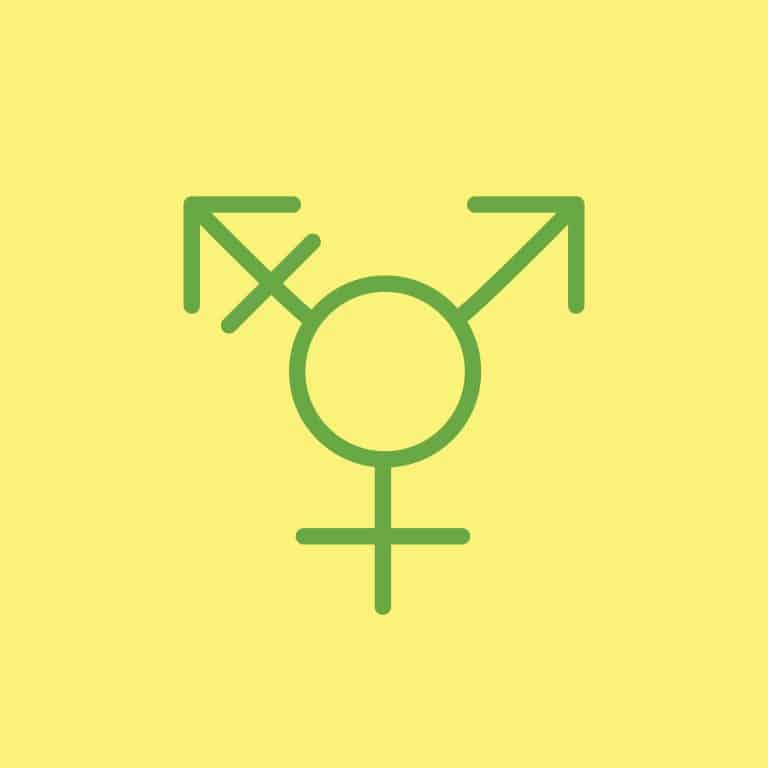
- Pain from surgical scars
- Pain with vaginal penetration
- Inability to achieve vaginal penetration
- Difficulty or inability to achieve orgasm
- Urinary dysfunction including urgency, frequency, hesitancy, incontinence and spraying
- Pelvic pain
- Chest and back pain
- Shoulder pain
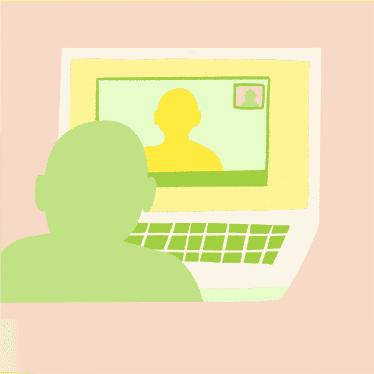
- Male Pelvic Pain
- Female Pelvic Pain
- Pregnancy-Postpartum
- Pelvic Organ Prolapse
- Bladder Dysfunction
- Post-Surgical Rehabilitation
- Bowel Dysfunction
- Pudendal Neuralgia
- Pelvic Floor Physical Therapy
- Surgical Prehab and Rehab
- Sexual Dysfunction
- Transgender Health Services
- Out-Of-Town Patient Programs
- Interstitial Cystitis
- Endometriosis
- Hard Flaccid
- Pediatric Pelvic Floor Therapy
- Perimenopause/Menopause

- Stephanie Prendergast in Los Angeles CA
- Elizabeth Akincilar in Merrimack, NH
- Jandra Mueller in Encinitas, CA
Service List

- Stress Urinary Incontinence, Urge Urinary Incontinence
- Post-prostatectomy urinary incontinence
- Urinary urgency/frequency, dysuria, retention, hesitancy, nocturia
- Associated pelvic pain diagnoses: Interstitial Cystitis, Chronic Pelvic Pain Syndrome/male
pelvic pain - Pelvic Organ Prolapse

- Constipation
- Difficulty evacuating Dyschezia/painful bowel movements
- Anal pain, anal burning
- Hemorrhoids / fissures
- Fecal Incontinence
- Pelvic Organ Prolapse

- Persistent throbbing or sharp pain in the clitoral area
- Burning sensation
- Discomfort or pain related to wearing tight clothing
- Sensitivity to touch
- Pain during urination
- Itching around the clitoris
- Associated symptoms of urinary tract infections
- Pain during or after sexual activity
- Inability to orgasm
- Pain during and/or after arousal and/or orgasm
- Feelings of persistent arousal (Persistent Genital Arousal Disorder)

- Painful periods (dysmenorrhea): Those with endometriosis often experience severe cramping, abdominal pain, and lower back pain during their menstrual cycles.
- Pelvic pain: Pelvic pain may occur not only during menstruation but also before or after it. The severity of pain can range from mild to debilitating.
- Pain during intercourse (dyspareunia): Endometriosis can cause pain during or after sexual intercourse, which may be felt deep within the pelvis.
- Pain during urination or bowel movements: Some experience pain while urinating or having a bowel movement, particularly during their periods.
- Excessive bleeding: Heavy menstrual bleeding (menorrhagia) or bleeding between periods (metrorrhagia) can be symptoms of endometriosis.
- Infertility: Endometriosis is a common cause of infertility, as it can lead to the formation of adhesions and scar tissue that can interfere with the normal function of reproductive organs.
- Fatigue: Many report experiencing chronic fatigue and low energy levels.
- Digestive issues: Endometriosis can cause gastrointestinal symptoms such as bloating, constipation, diarrhea, and nausea, particularly around menstruation.
- Irritative bladder symptoms: Those with endometriosis often experience simultaneous urinary urgency, frequency and pain in the absence of infection.

- Vulvodynia/Vestibulodynia
- Interstitial Cystitis/Painful Bladder Syndrome
- Pudendal Neuralgia
- Endometriosis
- Clitoral pain
- Tailbone pain/coccygodynia
- Abdominal pain
- Sacral pain
- Anal/rectal pain
- Dyspareunia/pain with intercourse

- Often characterized by a constant semi-rigid penis in the flaccid state
- Most men will report a loss of erectile rigidity
- Some men report sensory changes in the penis, particularly in the glans of the penis. These sensory changes are described as numbness, or a feeling of cold, or decreased sensitivity
- Some men will report penile and perineal discomfort during urinating and ejaculation, often worse when standing
- Some men will experience erectile dysfunction
- Some men will report pelvic floor tension or pelvic floor muscle contractions
- Most men will report that these symptoms have caused them a significant amount of psychological distress which include anxiety, depression, loss of libido and insomnia

- Urinary urgency, frequency, and pain in the absence of infection
- Lower abdominal pressure
- Pain upon bladder filling or emptying
- Painful sex
- Painful orgasm
- Generalized pelvic pain
- Nocturia (waking at night to urinate)

- Chronic Pelvic Pain Syndrome/male pelvic pain
- Nonbacterial chronic prostatitis
- Interstitial Cystitis/Painful Bladder Syndrome
- Pudendal Neuralgia
- Tailbone pain/coccygodynia
- Sacral pain
- Abdominal and groin pain
- Testicular pain
- Perineal pain
- Penile pain
- Anal/rectal pain
- Post-ejaculatory pain

- Nighttime bedwetting (nocturnal enuresis)
- Daytime wetting
- Stress incontinence
- Overactive bladder
- Urinary frequency/urgency
- Urinary retention
- Frequent Urinary Tract Infections
- Vesicoureteral reflux
- Constipation
- Bowel incontinence and/or inability to empty bowel
- Fecal Urgency/Frequency

Bladder Symptoms
- Urinary urgency, frequency, hesitancy and pain in the absence of infection
- Weak urinary stream
- Leaking urine (incontinence)
- Urethra and bladder pain
- Pain before, during or after urination
- Nocturia (nighttime urination)
- Pediatric bed wetting (nocturnal enuresis)
Male Sexual Symptoms
- Erectile dysfunction: poor quality, inability to achieve erection, inability to maintain
erection, premature ejaculation - Decreased force or inability to ejaculate
- Climacturia (incontinence with orgasm)
- Post ejaculatory pain: tip and/or shaft of penis, perineum, scrotum
- Discoloration in penis/scrotum/perineum
Male Pelvic Pain Symptoms
- Burning, itching, aching, or other types of pain in the penis, scrotum, testicles, perineal
and/or anal area - Pain with sitting, certain types of exercises, and certain types of clothing
- Post ejaculatory pain in the penis, scrotum and/or perineum
- Gastrointestinal distress, bloating, and/or constipation
- Symptoms can be provoked, such as in response to ejaculation or exercise, or unprovoked and
spontaneous - Symptoms may be intermittent or constant
Bowel Symptoms
- Straining to evacuate stool
- Adult and pediatric constipation
- Need for excessive toilet paper
- Fecal and/or gas leakage and incontinence
- Hemorrhoids and fissures
- Pain before, during or after bowel movements
- Anal/rectal pain, burning or itching
Female Sexual Symptoms
- Inability or decreased ability to lubricate
- Pain upon vaginal penetration, with deep penetration only, and/or continuous pain with
penetration - Clitoral pain, hypersensitivity to touch
- Pain and/or burning after sexual contact
- Inability to orgasm, diminished orgasm
- Urinary incontinence during sexual activity
- Climacturia (incontinence with orgasm)
Female Pelvic Pain Symptoms
- Burning, itching, aching or other types of pain in the vulva, vagina, perineal, and/or anal area
- Pain with intercourse, hypersensitivity when wearing pants and/or underwear, and pain with
sitting - Exercise may provoke or exacerbate symptoms
- Abdominal bloating, gastrointestinal distress, and constipation
- Symptoms can be provoked, meaning with penetrative intercourse or tampon insertion, or
unprovoked and spontaneous - Symptoms can be intermittent or constant
Transgender Pelvic Health Symptoms
- Pain from surgical scars
- Pain with vaginal penetration
- Inability to achieve vaginal penetration
- Difficulty or inability to achieve orgasm
- Urinary dysfunction including urgency, frequency, hesitancy, incontinence and spraying
- Pelvic and low back pain

- Urethracele
- Cystocele
- Rectocele
- Enterocele
- Uterine prolapse

Symptoms of pelvic floor dysfunction and GSM include:
- Urinary urgency, frequency, burning, nocturia
- Feelings of bladder or pelvic pressure
- Painful sex
- Diminished or absent orgasm
- Difficulty evacuating stool
- Vulvovaginal pain and burning
- Pain with sitting
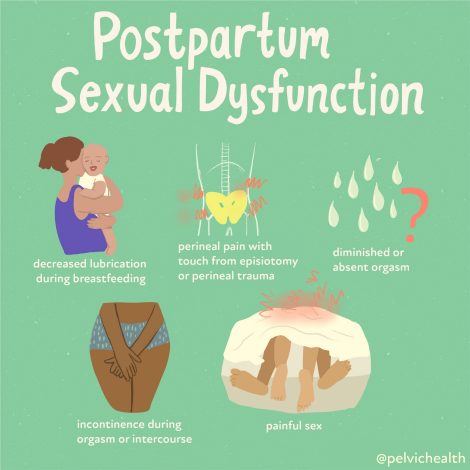
Pregnancy
- Preparation for childbirth: perineal massage training, core and pelvic floor muscle training,
birth position education - Treatment for pelvic floor and girdle pain, bladder and bowel issues
Postpartum
- Comprehensive evaluation for Diastasis Recti, pelvic floor dysfunction, core muscles for
strength/endurance - Postpartum rehabilitation plan: painful scars, Diastasis Recti, bladder and bowel dysfunction,
pelvic pain, low back and pelvic girdle pain, dyspareunia/pain with intercourse postpartum - Patient education and home exercise program guidance

- The pain is described as burning, shooting, stabbing, and/or lancinating.
- The pain is only in the distribution of the pudendal nerve, or the areas of the pelvis the nerve supplies. The pain can occur in any or all of the following areas: vagina, vulva, urethra, penis, scrotum, perineum, peri-anus, anus, and/or rectum.
- Pudendal neuralgia can cause urinary dysfunction, such as pain with urinating (dysuria), urinary frequency, and/or urinary urgency.
- Pudendal neuralgia can cause bowel dysfunction, such as pain with bowel movements or difficulty evacuating stool.
- Pudendal neuralgia can cause sexual dysfunction, such as pain with arousal, pain during intercourse or genital stimulation, or during or post-orgasm. It can also cause difficulty getting and/or maintaining an erection.
- Symptoms are usually aggravated by sitting, particularly on a hard surface, and relieved when sitting on a toilet or a cushion with a cut-out.
- Symptoms can be aggravated by activity, such as deep squatting or climbing stairs, or walking up a steep incline.
- Symptoms can be constant or intermittent.
- Pudendal Neuralgia symptoms tend to be minimal during sleeping and first thing in the morning but increase as the day progresses.

Sexual Dysfunction in people with a penis
- Erectile dysfunction: poor quality, inability to achieve erection, inability to maintain
erection, premature ejaculation - Decreased force or inability to ejaculate
- Climacturia (incontinence with orgasm)
- Post ejaculatory pain: tip and/or shaft of penis, perineum, scrotum
- Discoloration in penis/scrotum/perineum
Postpartum Sexual Dysfunction
- Decreased lubrication during breastfeeding
- Perineal pain with touch from episiotomy or perineal trauma
- Diminished or absent orgasm
- Incontinence during orgasm or intercourse
- Painful sex
Sexual Dysfunction in people with vulvas/vaginas
- Inability or decreased ability to lubricate
- Pain upon vaginal penetration, with deep penetration only, and/or continuous pain with
penetration - Clitoral pain, hypersensitivity to touch
- Pain and/or burning after sexual contact
- Inability to orgasm, diminished orgasm
- Urinary incontinence during sexual activity
- Climacturia (incontinence with orgasm)
Menopausal Sexual Dysfunction and Post-gynecologic cancer treatment
- Decreased ability to lubricate
- Inability to achieve or difficulty with vaginal penetration
- Painful sex: during and/or after
- Diminished or absent orgasm

- Pelvic pain
- Urinary urgency, frequency, hesitancy, weak stream, incontinence (leaking)
- Bowel urgency, frequency, hesitancy, incomplete and/or difficulty emptying
- Erectile dysfunction
- Painful intercourse
- Sexual dysfunction and painful or diminished/absent orgasm
- Abdominal, spine, hip, and leg pain

- Pain from surgical scars
- Pain with vaginal penetration
- Inability to achieve vaginal penetration
- Difficulty or inability to achieve orgasm
- Urinary dysfunction including urgency, frequency, hesitancy, incontinence and spraying
- Pelvic pain
- Chest and back pain
- Shoulder pain

- Male Pelvic Pain
- Female Pelvic Pain
- Pregnancy-Postpartum
- Pelvic Organ Prolapse
- Bladder dysfunction
- Post-Surgical Rehabilitation
- Bowel Dysfunction
- Pudendal Neuralgia
- Pelvic Floor Physical and Occupational Therapy
- Surgical Prehab and Rehab
- Sexual Dysfunction
- Transgender Health Services
- Out-Of-Town Patient Programs
- Interstitial Cystitis
- Endometriosis
- Hard Flaccid
- Pediatric Pelvic Floor Therapy
- Perimenopause/Menopause

- Stephanie Prendergast in Los Angeles CA
- Elizabeth Akincilar in Merrimack, NH
- Jandra Mueller in Encinitas, CA

Integrative Health and Nutrition
Nutritional services for those suffering with pelvic pain or pelvic related conditions. Conditions that can benefit from these services:
- Interstitial cystitis
- Endometriosis
- Chronic nonbacterial prostatitis
- Small intestinal bacterial overgrowth (SIBO)
- Irritable bowel syndrome (IBS)
- Gut imbalances
- Systemic inflammation
- Nutrition during pregnancy
- Nutrition during postpartum
- Chronic pelvic pain
- Weight loss
- Hormonal imbalances

1-on-1 Clinical and Professional Mentorship With PHRC Co-Founders
- 1-on-1 mentoring sessions are available for any professional wanting an individualized session with PHRC Cofounders Stephanie Prendergast or Elizabeth Akincilar to help troubleshoot or improve clinical and/or business needs.
- To learn more and sign up for this program, please visit our online mentorship information page.
Join The Newsletter. Win a copy of our book, “Pelvic Pain Explained!”
We love getting to know our website visitors. Please tell us a little bit about yourself and get the latest info via PHRC e-newsletter!
*Subscribers automatically eligible to win our book, “Pelvic Pain Explained.”

At its heart, Pelvic Pain Explained is the story of how patients develop pelvic pain, the challenges patients and providers face throughout the diagnosis and treatment process, the difficult task of sifting through the different available treatment options, and the impact that an “invisible” condition has on a patient’s life and relationships, and much more.

